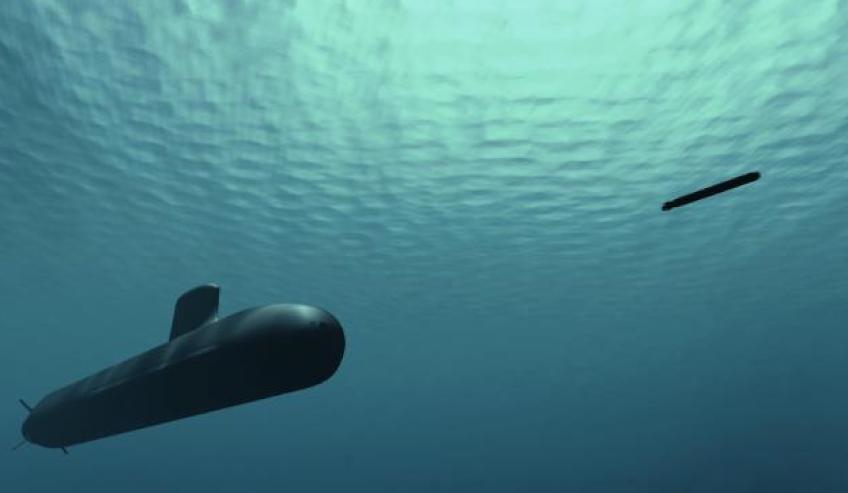Naval Group Australia has appointed a new chief executive, with interim CEO Brent Clark transitioning to a new role.
To continue reading the rest of this article, please log in.
Create free account to get unlimited news articles and more!
Naval Group Australia’s board has appointed John Davis as chief executive and Future Submarine Program director effective from 1 July 2018.
As CEO, Davis will lead Naval Group Australia through the ongoing delivery of the Future Submarine Program. This includes the design and build of 12 submarines for the Royal Australian Navy and the design of a new submarine shipyard at the Osborne Naval Shipbuilding precinct in South Australia.
Davis has worked within the Defence industry, both in Australia and the UK, for over 30 years. Davis has worked for Raytheon Australia, the Air Warfare Destroyer Alliance, BMT Defence Services and the UK Ministry for Defence.
Naval Group Australia said Davis will bring wealth of experience to the organisation around the planning and execution of complex Defence projects.
"After a comprehensive search process, the board is delighted John has agreed to lead Naval Group Australia into its next stage of growth," said Jean-Michel Billig, executive vice president Future Submarine Program, Naval Group.
"John has a track record of strong leadership and this, combined with his deep industry knowledge and strong customer focus, makes him uniquely qualified to lead the organisation successfully into the future.
"Naval Group continues to be proud of its selection as Australia’s international partner for the design and build of 12 regionally superior submarines for the Royal Australian Navy."
Brent Clark, who has served as interim CEO of Naval Group Australia, will transition into the role of special adviser to the chairman. Jean-Michel Billig will perform the roles and duties of the CEO until 1 July.
Clark was interim CEO since March last year after then-CEO Sean Costello resigned from the role.
During his time as interim CEO, Clark campaigned for gender parity within the company, setting a target to achieve a 50:50 gender ratio in its Future Submarine Program workforce.
In striving to reach a balanced workforce, with 50 per cent female participation, Clark said the company had some work to do as it transitions from the design to build phase.
"We know attracting the right people won’t be easy. It is, in fact, very difficult … [and] Naval Group is committed to diversity. We are aiming to have a 50:50 gender diverse workforce. At the moment women represent 43 percent of our employees," Clark said in March this year at the DMTC Annual Conference.
Clark said the test will be in a few years when the company is building up the numbers of people involved in production of the submarine, “however we remain committed to meeting that challenge”.
"Naval Group makes a commitment to workforce diversity from the outset. [We] will devote much effort to partnering with education and training providers before construction begins to ensure we have the necessary expertise in place and to ensure those people get appropriate on-the-job training," he said.
"We will take the best we can get and train the best. A shipyard is as diverse an employer as any you can imagine."
Since taking up the role of interim CEO, Clark has also overseen the signing of the Design Services Subcontract (DSSC) with local engineering company KBR to assist with the concept design of the proposed Future Submarine (SEA 1000) construction yard at the Osborne Naval Shipbuilding precinct in South Australia; the completion of the first stage of the Future Submarine’s design (known as the functional analysis); establishing the initial sizing of the Future Submarine to meet key capability requirements; engagement with 813 Australian companies via the Industry Capability Network (ICN) in regard to how they can become involved in the Future Submarine Program; and the placement of the first group of Australian engineers in France to undertake specific design training for Australia’s Future Submarine.

 Login
Login







